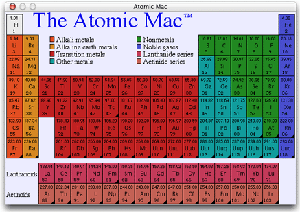Anullcan (or lower eyelid lift / lower eyelid blepharoplasty / lower eyelift / lower eyelid pinch) help by taking away extra skin and removing fat in the lower eyelid (this can also help lower eyelid bags, dark circles, puffy eye bags, dark under eyes). But instead of a lower blepharoplasty, I would consider fillers of some sort to the lower eyelid and cheek area. What I see in many patients is the volume deficiency at the junction between your lower eyelid and cheek area. When you age, you start to lose volume in the cheek area by losing fat and losing skin thickness and tissue within the skin. A lower blepharoplasty could help the transition from your lower lid and cheek area. But a lot of times this procedure can make you look more hollow. I get a lot patients that have this issue after a lower eyelid blepharoplasty. The better option is to fill the deficiency withFacial Fillers like restylane, juvederm, radiesse, perlane and even better for a long term solution fat injections. I refined a procedure for volumizing called the YoungLift that does the same but, in my opinion, better that other volumizing procedures.
I refined an amazing volumizing procedure called “the YoungLift”. This is an innovative technique that volumizes your face to bring out the younger and natural you without looking like you had something done. This is not a facelift and requires no incisions. Only pinpoint puncture sites are used and these heal imperceptibly. The YoungLift can be done without general anesthesia and without drains, and large bandages. You also have a lot less downtime and discomfort compared with traditional facelift procedures. I employ the very best techniques from around the world into one volumizing procedure and I use my internationally acclaimed understanding of facial beauty to create the youthful volume you once had.
Thanks for reading, Dr Young
Dr Young specializes in Facial Cosmetic and Reconstructive Surgery and is located in Bellevue near Seattle, Washington
